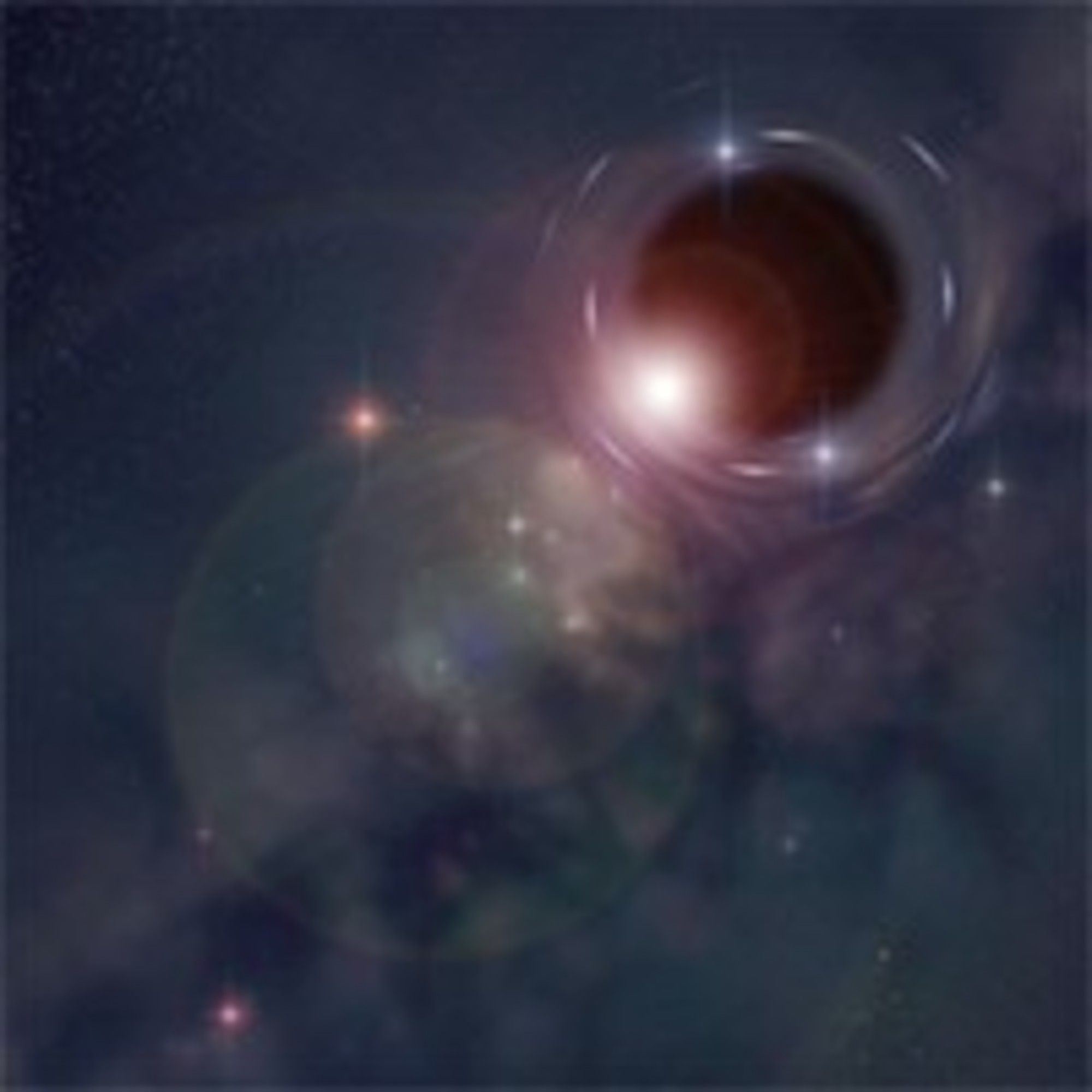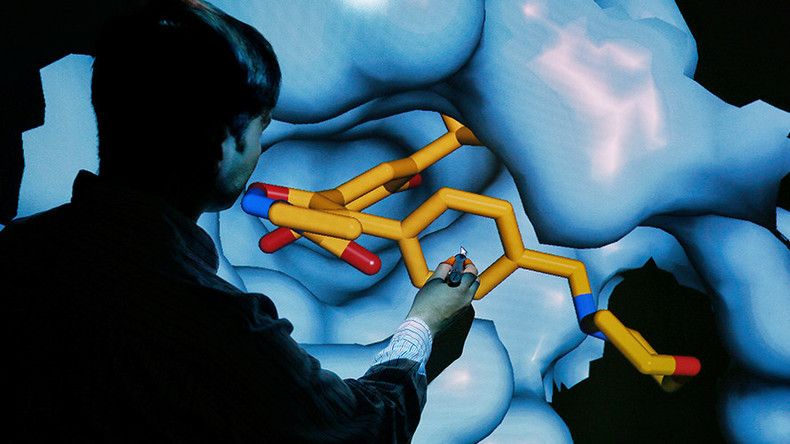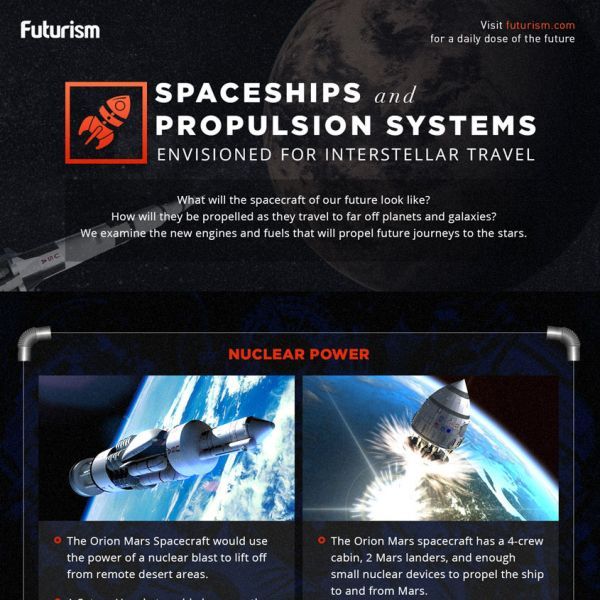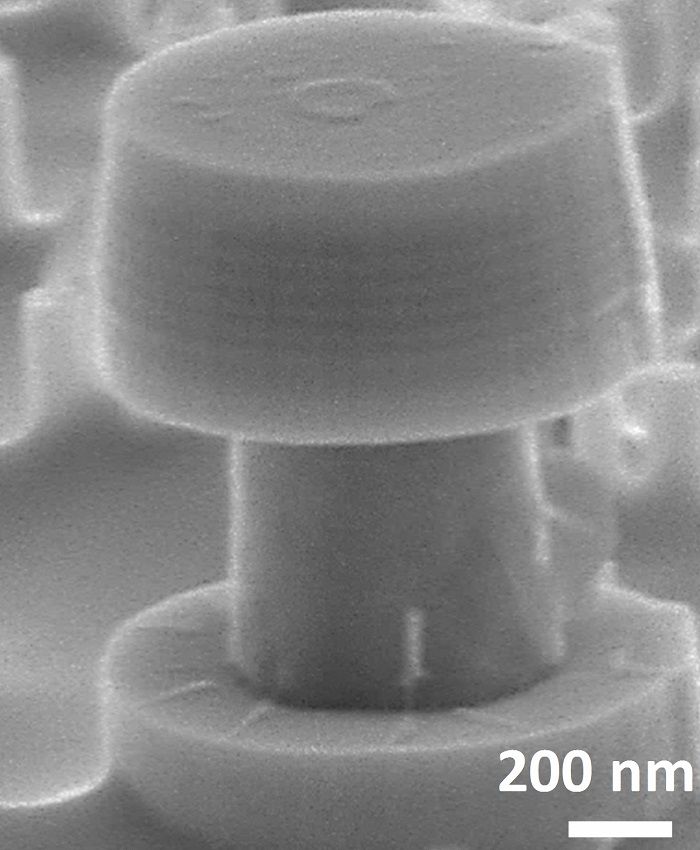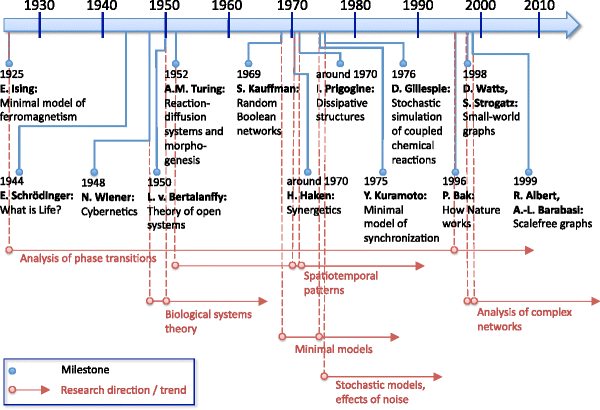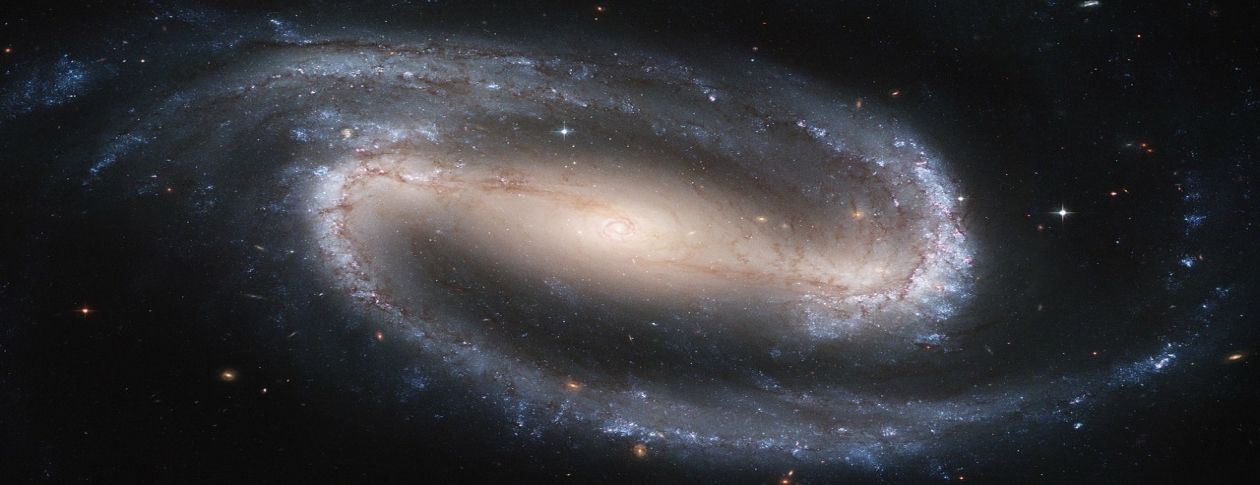Archive for the ‘physics’ category: Page 273
Aug 29, 2016
250Gbps: Russian scientists aim to revolutionize computing with plasma-driven antennas
Posted by Shailesh Prasad in categories: computing, physics
A team of Russian physicists has found a way to tune silicon nanoparticles so they can process optical data at previously unattainable speed, paving the way for the creation of “ultracompact and ultrafast” processing devices.
The findings of the experiment-based survey conducted by scientists from Moscow Institute of Physics and Technology (MIPT) and ITMO University were published in the ACS Photonics journal in late July.
Aug 27, 2016
The ‘star in a jar’ that could provide limitless energy on Earth: US Government reveals experiments to create compact fusion plants
Posted by Carse Peel in categories: government, nuclear energy, physics

It would provide humankind with near limitless energy, ending dependence on fossil fuels for generating electricity.
US Government physicists have backed plans to create ‘a star in a jar’ — replicating on Earth the way the sun and stars create energy through fusion.
Aug 24, 2016
Should We Build a Dyson Sphere?
Posted by Gerard Bain in categories: cosmology, physics
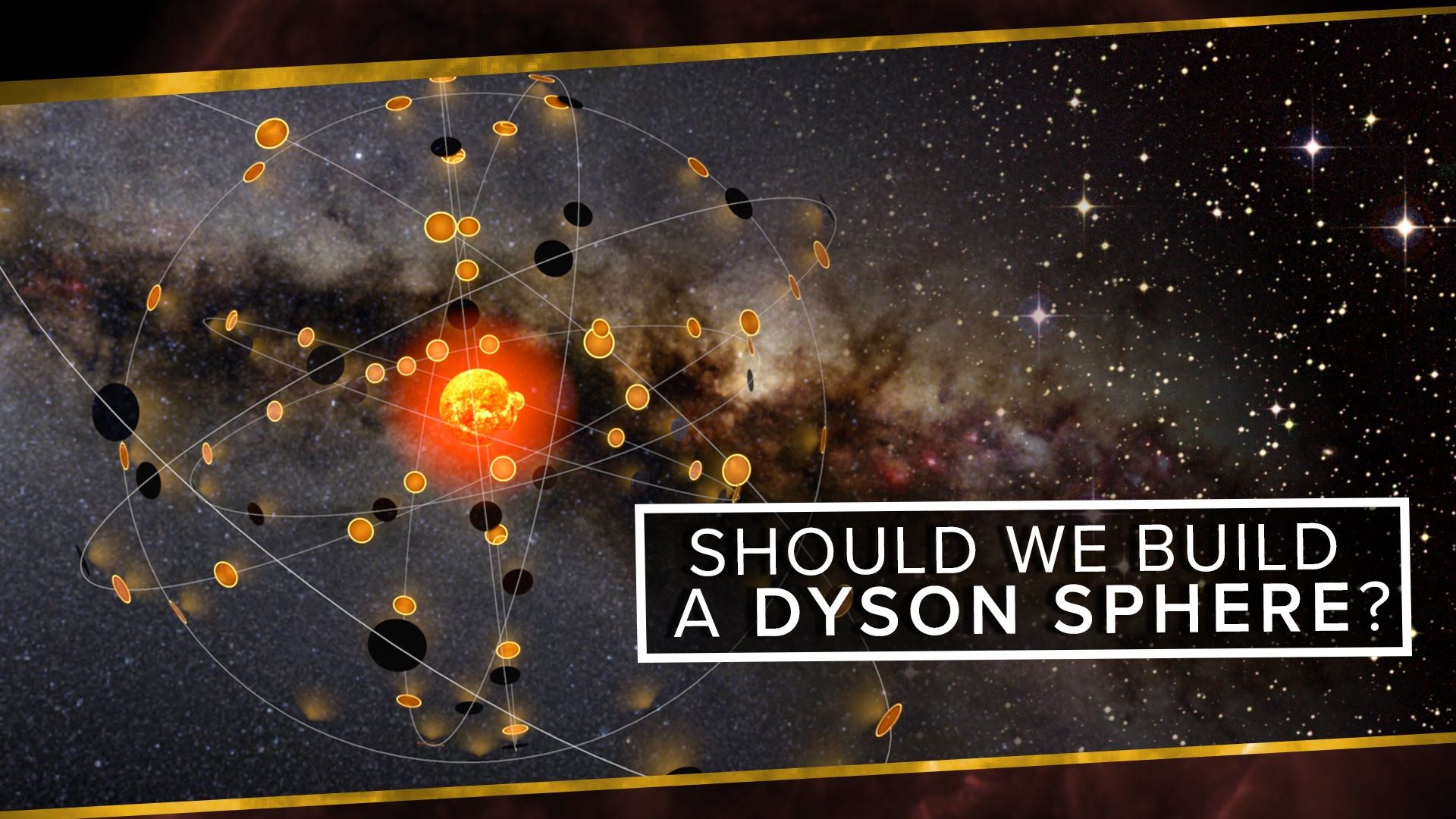
To check out any of the lectures available from Great Courses Plus go to http://ow.ly/Y8lm303oKJe
Get your own Space Time tshirt at http://bit.ly/1QlzoBi
Aug 24, 2016
ESO confirms the discovery of Earth’s closest potentially habitable neighbour
Posted by Klaus Baldauf in categories: physics, space
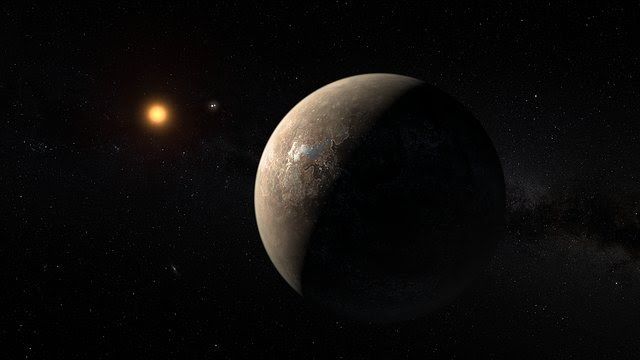
Astronomers have today confirmed the existence of a planet orbiting the sun’s nearest neighbour, Proxima Centauri, which has the potential to host liquid water, and therefore life.
The exoplanet in question, Proxima b, is thought to be the Earth’s closest potentially habitable neighbour, making this discovery a major landmark in humanity’s exploration of the universe.
Continue reading “ESO confirms the discovery of Earth’s closest potentially habitable neighbour” »
Aug 23, 2016
These Theoretical Propulsion Systems Might Make Interstellar Travel a Reality
Posted by Andreas Matt in categories: physics, space travel
One of the biggest questions in physics whether or not humanity could ever really travel between the stars. Here’s how we might be able to do it.
Aug 22, 2016
HKUST Develops Tiny Lasers that Opens New Era for Light-based Computing
Posted by Karen Hurst in categories: computing, engineering, physics, solar power, sustainability
Congrats Hong Kong Univ.
Researchers at The Hong Kong University of Science and Technology (HKUST) have fabricated microscopically-small lasers directly on silicon, enabling the future-generation microprocessors to run faster and less power-hungry – a significant step towards light-based computing.
The innovation, made by Prof Kei-may Lau, Fang Professor of Engineering and Chair Professor of the Department of Electronic and Computer Engineering, in collaboration with the University of California, Santa Barbara; Sandia National Laboratories and Harvard University, marks a major breakthrough for the semiconductor industry and well beyond.
Continue reading “HKUST Develops Tiny Lasers that Opens New Era for Light-based Computing” »
Aug 22, 2016
Like Liked UnlikeA New Approach To the Hard Problem of Consciousness: A Quasicrystalline Language of “Primitive Units of Consciousness” In Quantized SpacetimeLike
Posted by Shailesh Prasad in categories: mathematics, neuroscience, physics
The hard problem of consciousness must be approached through the ontological lens of 20th century physics, which tells us that reality is information theoretic and quantized at the level of Planck scale spacetime. Through careful deduction, it becomes clear that information cannot exist without consciousness – the awareness of things. And to be aware is to hold the meaning of relationships of objects within consciousness – perceiving abstract objects, while enjoying degrees of freedom within the structuring of those relationships. This defines consciousness as language – a set of objects and an ordering scheme with degrees of freedom used for expressing meaning. And since even information at the Planck scale cannot exist without consciousness, we propose an entity called a “primitive unit of consciousness”, which acts as a mathematical operator in a quantized spacetime language. Quasicrystal mathematics based on E8 geometry seems to be a candidate for the language of reality, possessing several qualities corresponding to recent physical discoveries and various physically realistic unification models.
Aug 18, 2016
EPJ Nonlinear Biomedical Physics
Posted by Karen Hurst in categories: biotech/medical, physics
EPJ — Nonlinear Biomedical Physics is an open access journal, published under the brand SpringerOpen, dedicated to the application of nonlinear dynamics and integrative systems science to the quantitative modeling and understanding of how structure and function as well as dysfunctions and diseases emerge in complex biomedical matter and processes. Coverage is focused on the application-driven development of theoretical, experimental and computational techniques, including relevant methodologies, instrumentation and related advanced technology.
Aug 16, 2016
A possible cause of the Big Bang and current acceleration of the Universe
Posted by Andreas Matt in categories: cosmology, information science, physics
We consider a solution of the Einstein equations for a system comprised of merging black holes and show that the solution contains a term which represents a repulsive force. This repulsive term is proportional to 1/r, where r is the distance from the system, and it is additional to the common Newtonian term which is proportional to 1/r2. This repulsive force acts as an effective dark energy if the total mass of the Universe is decreased.
As seen below, a shape of the gravitational potential is often illustrated by a funnel made of rubber film where a heavy ball (blue) is located in the center. In this model, a fast decrease of the gravitational mass corresponds with a sharp ascent of the ball. The film attached to the ball forms a cone-type hill in the center of the funnel. Light balls (green) on the central cone run away from the center. The central cone expands fast but keeps it exterior slope; this corresponds to long-term repulsive force.
A mechanism of the repulsive force may be applied to a model of the expanding Universe. This may imply that the Big Bang and accelerated expansion of the Universe is not related to current processes in the Universe but to a relic repulsive gravitational force or to a configuration of space-time that originates in the previous cycle of the Universe when at the last stage of a collapse the intensive generation of gravitational waves resulted in sharp decrease of the gravitational mass of the Universe. This process generated a powerful repulsive force that transformed the Big Crunch into the Big Bang. Because the repulsive acceleration decreases with time, the current Universe expands with lower acceleration. Decreasing acceleration of the Universe can be verified by observations. Gravitational waves caused by the compression of the Universe may not disappear at the stage of expansion and form the relic gravitational radiation.
